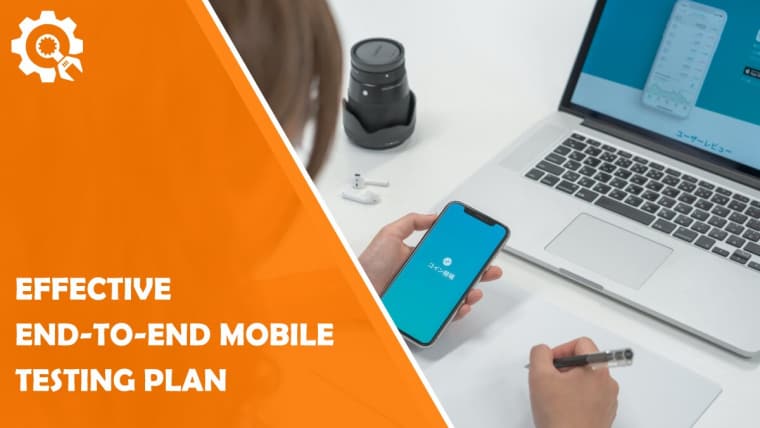Nowadays customers spend more time on their mobile devices, so it’s more important than ever to give them a positive mobile app experience.
Failure to recognize this results in the dreaded one-star app reviews and unfavorable social media criticism. Mobile testing is the process of evaluating mobile applications for functionality, usability, performance, and other factors.
Why Is It Important to Test Your App on a Mobile Device?
Apps must be tested across a variety of mobile devices and operating systems in order to ensure their compatibility, usability, and consistency in today’s app development environment. Automation testing can be used to create apps that are scalable and accessible across numerous platforms.
Automation makes sense for a wide range of repetitive operations, such as regression and performance testing, because manual testing is time-consuming, costly, and prone to errors.
Key Things to Consider to Build an Effective End-To-End Mobile Testing Plan
Here are some critical considerations for creating an efficient end-to-end mobile test plan and ensuring that the mobile app functions as intended:
Device Testing: With so many different mobile devices on the market, having a clear policy on which devices your app supports will make it easier to do testing. If your test cases have been automated, executing them on a device cloud with all of these devices might be beneficial.
Network Connectivity Testing: Because different carriers offer different connectivity options and the app’s performance may vary from one carrier to the next, it’s critical to test the app’s performance in various connection types. There are enormous tools available to assist you in simulating various network situations in your own test lab. Test Sigma and Browserstack are two examples of such tools.
OS Version Testing: It’s critical to test the app’s functionality across a variety of operating systems in order to assess its performance. Establish a clear guideline regarding the operating systems that your software will support. If you’re buying a device farm or lab, be sure it supports all of the OS versions you’ll need.
Security Testing: One of the most critical sorts of testing to keep your customers’ personal data secure is security testing. It’s critical to evaluate the app’s data flow vulnerabilities ahead of time so that they can be fixed and to make sure that the data is encrypted and transferred across secure channels.
Interrupt Conditions Testing: It examines how the app responds to interrupts like incoming calls, text messages, or notifications while it is being used.
To optimize your app’s performance, make sure to test its behavior when it encounters interruptions.
Conclusion
Due to the huge diversity of hardware and software differences in popular use today, mobile testing can be a difficult task. However, as the popularity of the mobile internet grows, the quality of your mobile applications is more important than ever. Understanding the different sorts of tests you’ll need to perform and then executing them with the right tools can help you release your mobile apps faster and with a better user experience.
